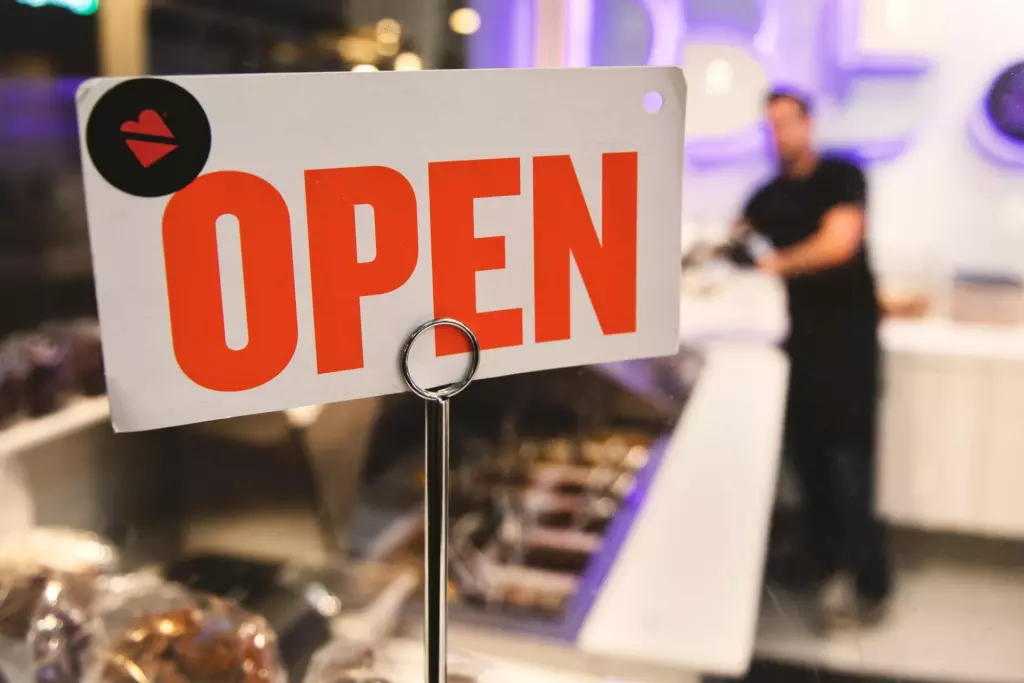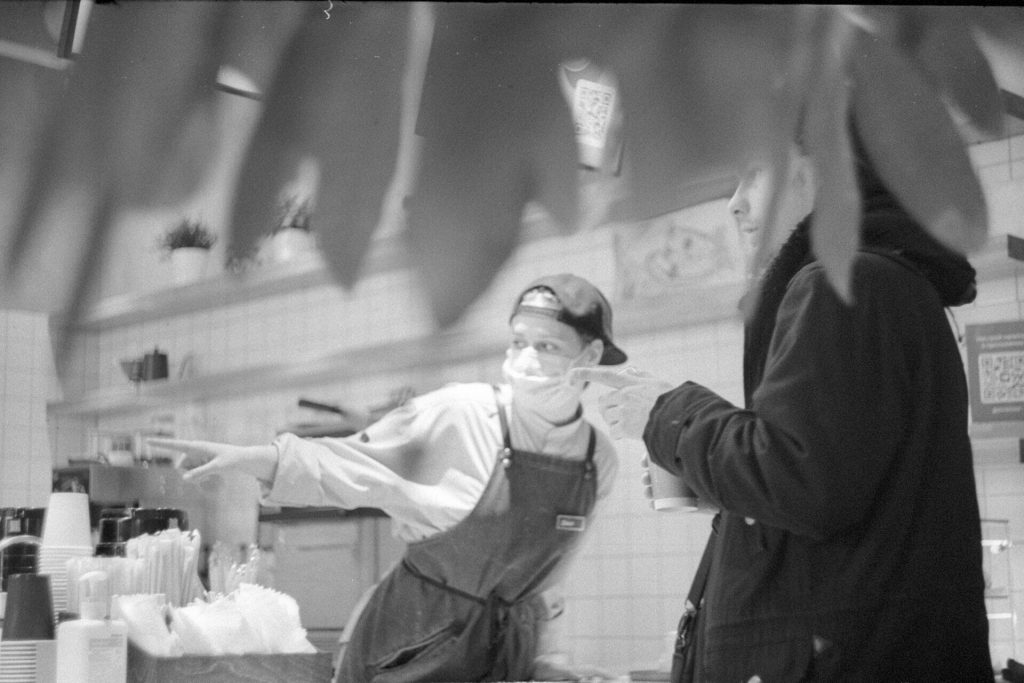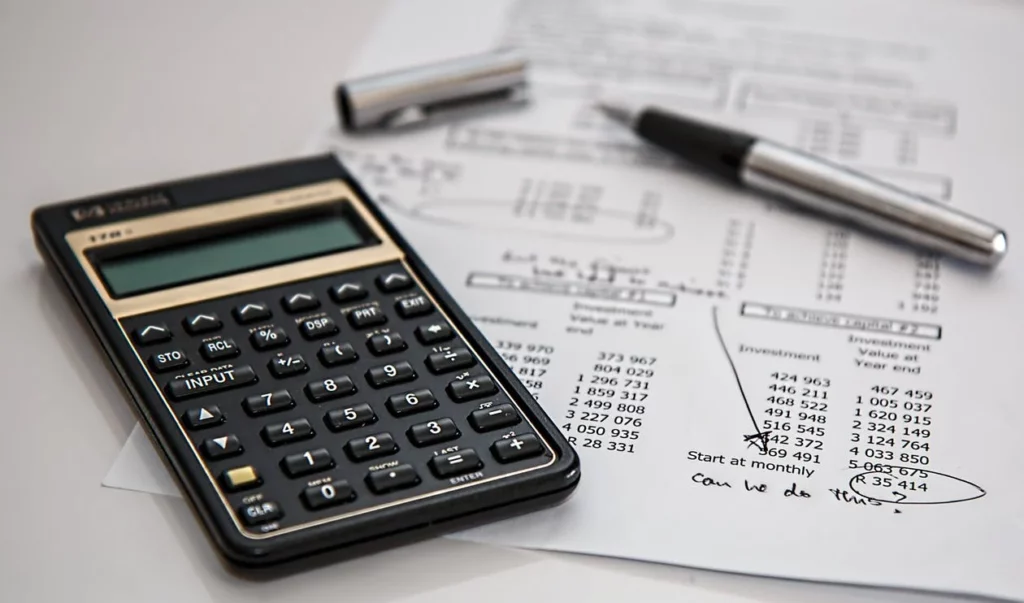Budgeting is a crucial part of operating a restaurant. A good budget provides directions and guidance for your team to achieve benchmarks. Your budget allows owners not to operate blindly while sustaining cash flow, especially if you have big expenditures on the horizon. To assist operators, we created a comprehensive budgeting template that allows you to enter your inputs for forward-thinking assumptions and actuals. Should you prefer an expert to create a budget for you, or if your business has more complex needs, speak with our corporate finance department to explore their budgeting services.
To assist operators, we created a comprehensive budgeting template that allows you to enter your inputs for forward-thinking assumptions and actuals. Should you prefer an expert to create a budget for you, or if your business has more complex needs, speak with our corporate finance department to explore their budgeting services GET IN TOUCH
CLICK HERE TO DOWNLOAD THE BUDGET TEMPLATE
How to Customize the Budget Template for Your Business:
NOTE: blue text figures are input/hard coded, black text is formulas, and green text is linked from another sheet.
1. Reporting
The reporting section of your budget outlines what measures you can use to build out your budget. This includes metrics Paperchase’s hospitality accountants use to track your restaurant’s growth. These tools allow you to analyze revenue and costs on a deeper level. The template is broken into order modes, including dine-in, takeout, delivery, and time of day. The reporting tab gives an overview of Paperchase’s accounting and financial services.
2. Budget Assumptions
This section is the home base of your assumptions for your restaurant, highlighted by metrics like seats in your restaurant and sales per sq. ft. You will need to adjust ordering if you are a fast-casual business without table turns. Once plugged in, the template provides key outputs like your cash beginning and ending the year and EBITDA targets and margin percentages.
The revenue drivers section shows sales assumptions based on dine-in volume growth, menu price, average check growth, and table turn capability. Putting data from the last 18 months into this section allows operators to set goals for their future budgets.
Previous data is tracked by a growth rate using the prior year as the assumption for remaining current year periods. Food and beverage sales are the main movers of your growth rate metric. Theoretical Food Cost serves as a review for all menu and price changes in your cost drivers. Within this category are percentages of your COGS, labor, and other operating expenses from the last year.
3. Sales Review Tab
Once your assumptions have been correctly set, operators should move to the sales review tab and input their guest count traffic day by day or total into the sales summary section. This tab gives a specific overview of how your restaurant is performing by the number of guests and average check. For example, you can review the rate of table turns your business had on Monday at lunch. If this data is underperforming, consider ways to bring traffic to your establishment for lunch during the week. Growth rate projections will give an estimate of how you can factor this into your future budget.
4. P&L Snapshot
After inputting and reviewing sales assumptions, move to the P&L Snapshot tab. This will outline your volume growth via the data you used previously. This section is used to show the percentage of growth in each category of your P&L. Paperchase’s hospitality accountants look at your EBITDA targets after all other expenses and costs are considered on this tab. From here, you can review your margin analysis. This will compare your net sales with any changes in EBITDA to create an EBITDA Flow-Through.
5. P&L and Cash Flow Summary

While the P&L Snapshot provides a helpful but brief overview of your expenses, this tab is the engine of your finances. Input your locked budget into this table to gain access to a historical P&L view with optional manual edits. This tab outlines seasonality via quarters, order modes, day-parts, expenses, EBITDA, and a sales summary to provide a full picture of your restaurant’s financial health. The most important place to review in this tab is your Free Cash Flow. Your flow-through from net income adding back depreciation gives you a starting and ending point for each month. If your business uses customer loyalty systems, there is also a category in this tab to track that data.
6. OpEx Budget
This tab gives a detailed description of your operating expenses. Input your operating expense actuals from the last 18 months to review cost trends. Once you input your data, the template will break it down into years and quarters to give an accurate picture of this metric. Within this section, operators can review each expense category and change them by grouping them based on your business’s unique identities. Each section gives you a minimum tab to analyze each month. To use the fixed cost categories, like lease or insurance, review your contracts to see how much premium you are going to pay heading into the next year.
7. Market Comps
Lastly, the market tab allows operators to review trends in the industry to compare how their business is doing against others in the same restaurant segment. This is broken down into QSR, fast casual, fine dining, and mid-scale establishments. The market comps tab shows data from restaurants before and after COVID so owners can get a full picture of their data.
Paperchase’s budget template provides a comprehensive and user-friendly tool for restaurant owners and operators. By incorporating historical data, industry trends, and forward-thinking assumptions, this template allows for an in-depth analysis of revenue, costs, and profitability. This proactive approach to budgeting empowers restaurants to set realistic goals, optimize spending, and ultimately achieve financial success. Remember, consistent monitoring and adjustments throughout the year are crucial to ensure your budget remains a valuable roadmap for your restaurant’s growth. Have any more questions? Let’s talk financial planning, visit our website for more information on how to get in contact with our restaurant finance experts.


























Share this article with your community